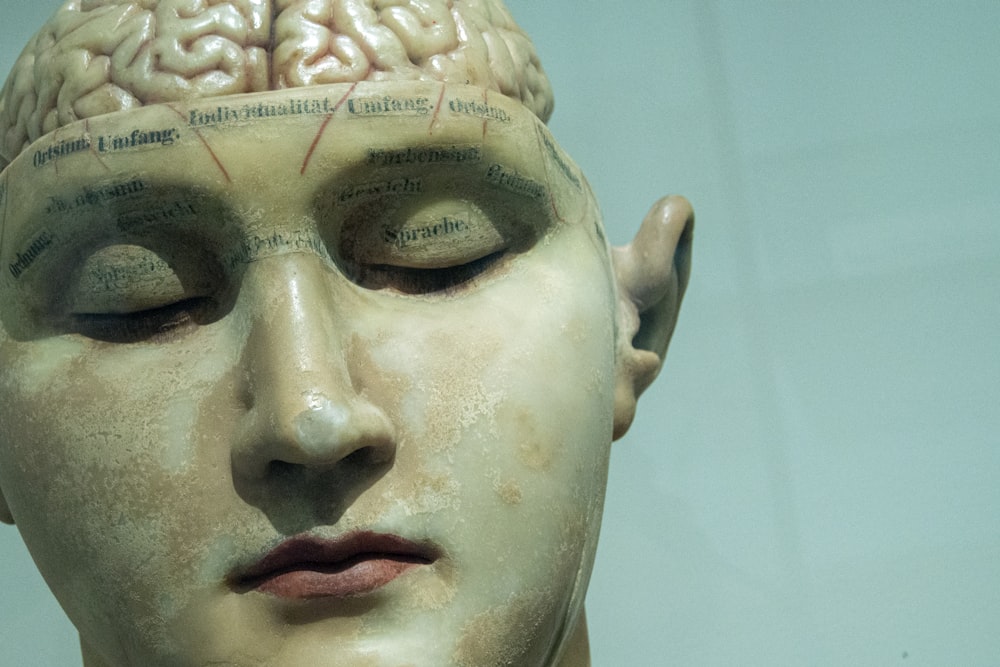
Neuromyths
There is a neuromyth that categorizes people as left-brained learners and right-brained learners. The thought is interesting since the two hemispheres of the brain responsible for different activities (OECD,n.d.). Some people may use one side of the brain more often than the other, but I believe the two sides of the brain are working together for the learner to perform to the best of its ability.

Learning Theories
Several types of learning theories describe how people normally learn in their daily life. Behaviorism assumes all behaviors are reflexes that respond to specific stimuli. Cognitive theories focus on the process of acquiring knowledge and understand materials through thoughts, senses, and experience. Constructivist theories see the teacher as the guide for learners, and learners acquist new knowledge building on their previous knowledge. Learning theories can be effective used in multimedia learning such as teaching through presentations. None effective presentations such as include too many objects in one slide, small font size, hard-to-read font colors, and much more.
Through my learning in UVIC, some PowerPoint lecture slides having the above problems, which I usually feel the lectures are hard to follow and made the materials difficult to understand. By applying learning theories such as Cognitive Load Theory, Redundancy Principle, and Dual Coding theory will facilitate the creation of a successful presentation. The following PowerPoint I created is above my hometown in China which I tried to follow the learning theories mentioned above. During my process of creating the PowerPoint, I faced some challenges such as how to make the content easy to understand and how to balance the use of pictures and words. Feel free to download the following file and skim over it.
References:
Overview of Learning Theories. GSI Teaching Resource Center. (n.d.). https://gsi.berkeley.edu/gsi-guide-contents/learning-theory-research/learning-overview/.
OECD. (n.d.). Neuromyth 6. OECD. https://www.oecd.org/education/ceri/neuromyth6.htm.
alzhu 2021-05-23
Hello Anna, thanks for sharing your thoughts on this weeks blog topics! I have to, like most of my fellow classmates, agree that many lecture PowerPoints we encounter in our post-secondary experience do have many characteristics that are counter-intuitive or directly contrary to some of the learning theories. One example that comes to mind is that of bloated and text-heavy pages, which I can somewhat understand as Professors and Instructors try their best to fit the entirety of chapters or sections into a single 1-hour lecture slide deck. Sometimes I feel that reviewing of specific interesting examples or challenging concepts, or an engaging lecture on a single topic while expecting students to cover textbook materials on their own can be more productive use of time lecture time, but this is a different discussion topic for another time. I found your PowerPoint to be brief and concise, as well as the design to be visually appearing, and overall straightforward. My family roots are from Fujian province, though I know a little of other provinces in China. I did not know much of Henan and Zhengzhou, so thank you for sharing!
lukejr 2021-05-25
Interesting post and you have covered a few elements of our weekly topics here. Plus I learned more about your home. I visited your province many years ago and had a very nice time.